Using Matplotlib I'd like to remove the grid lines inside the plot, while keeping the frame (i.e. the axes lines). I've tried the code below and other options as well, but I can't get it to work. How do I simply keep the frame while removing the grid lines?
I'm doing this to reproduce a ggplot2 plot in matplotlib. I've created a MWE below. Be aware that you need a relatively new version of matplotlib to use the ggplot2 style.
import matplotlib
matplotlib.use('Agg')
import matplotlib.pyplot as plt
import pylab as P
import numpy as np
if __name__ == '__main__':
values = np.random.uniform(size=20)
plt.style.use('ggplot')
fig = plt.figure()
_, ax1 = P.subplots()
weights = np.ones_like(values)/len(values)
plt.hist(values, bins=20, weights=weights)
ax1.set_xlabel('Value')
ax1.set_ylabel('Probability')
ax1.grid(b=False)
#ax1.yaxis.grid(False)
#ax1.xaxis.grid(False)
ax1.set_axis_bgcolor('white')
ax1.set_xlim([0,1])
P.savefig('hist.pdf', bbox_inches='tight')



